11 Airline Secrets You Need to Know Before Booking Your Next Flight
Traveling by air has become an integral part of our modern lifestyle, whether for business, leisure, or visiting loved ones. Yet, the experience can often feel daunting, with a myriad of options, rules, and potential pitfalls. Mastering the skies requires more than just booking a ticket; it involves strategic planning and insider knowledge that can transform your journey from stressful to seamless. This article provides a comprehensive guide with 11 insider tips that every savvy traveler should know before booking their next flight. These insights will help you navigate the complexities of air travel with confidence and ease. From understanding fare classes to optimizing your in-flight experience, we hope to equip you with the tools you need to become an air travel aficionado. So, let's embrace the journey and discover how to transform your next flight into a smooth and enjoyable adventure!
1. Understanding Fare Classes and Ticket Types

Before you book your flight, it's crucial to understand the different fare classes and ticket types available. Airlines typically offer a range of fare classes, each with its own set of rules, restrictions, and benefits. Economy, Premium Economy, Business, and First Class are the standard categories, but within these, there are sub-classes that can affect your ticket's flexibility and price. Economy class, for instance, might be divided into Basic Economy, Standard, and Flexible, each offering varying degrees of changeability and baggage allowance. Familiarizing yourself with these distinctions can help you make informed decisions based on your budget and travel needs. Additionally, some airlines offer special fares for students, seniors, or military personnel, so it's worth exploring these options if you qualify. Understanding fare classes not only helps you find the best deal but also ensures you select a ticket that aligns with your travel preferences.
2. Timing is Everything: When to Book Your Flight

The timing of your flight booking can significantly impact the cost and availability of your desired itinerary. Generally, the best time to book a flight is between three months and three weeks before your departure date. Airlines tend to release their cheapest seats first, so booking early can often secure a lower fare. However, if you're flexible with your travel dates, you might find last-minute deals that offer substantial savings. It's also important to consider the day and time of your flight. Mid-week flights, particularly those on Tuesdays and Wednesdays, are typically less expensive than weekend travel. Additionally, flights departing early in the morning or late at night are often cheaper due to lower demand. By strategically planning your booking timeline and being flexible with your travel schedule, you can take advantage of the best deals and ensure a cost-effective journey.
3. Leveraging Loyalty Programs and Frequent Flyer Miles
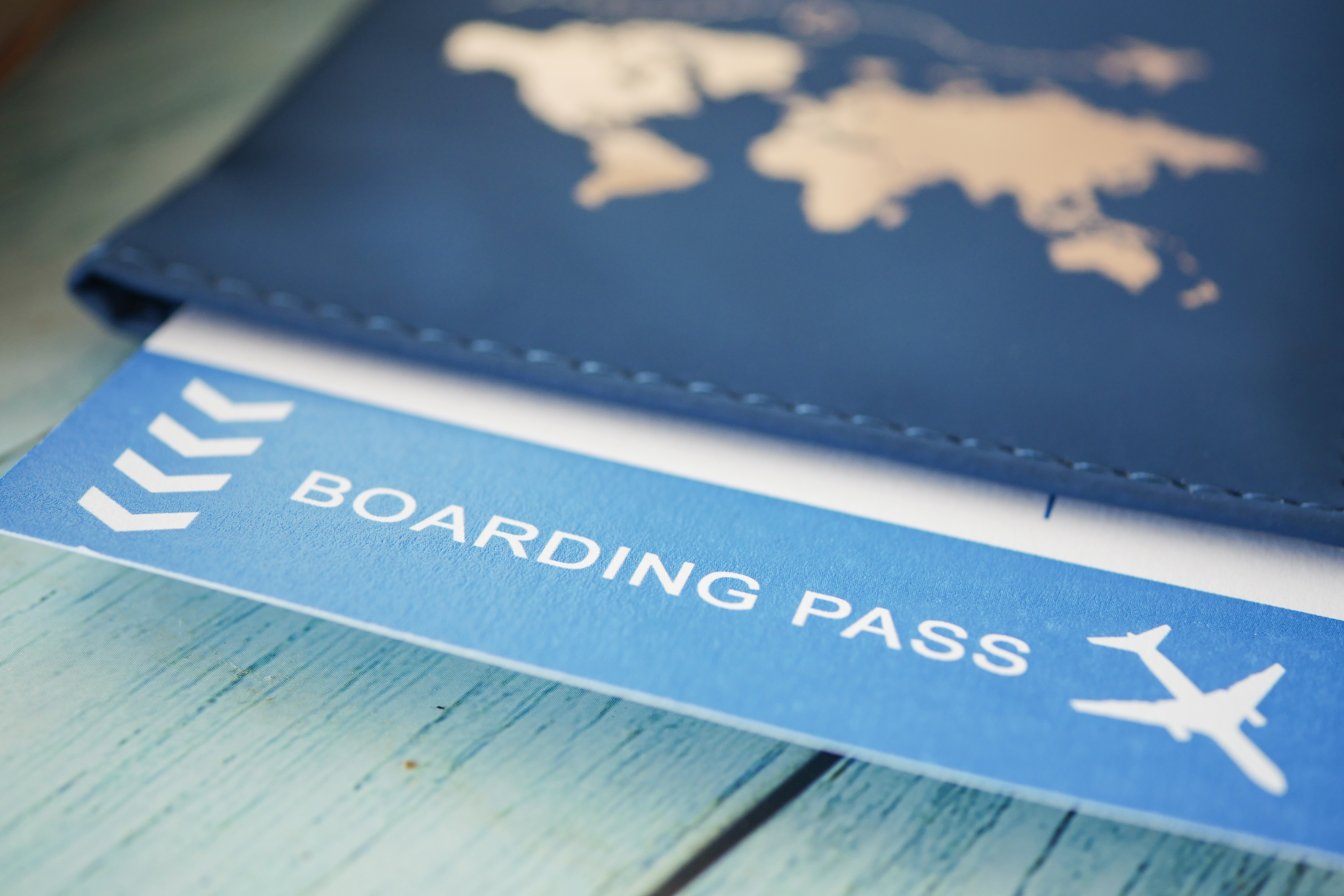
Frequent flyer programs are a valuable asset for regular travelers, offering rewards and benefits that can enhance your flying experience. By joining an airline's loyalty program, you can earn miles for every flight you take, which can later be redeemed for free flights, upgrades, or other perks. It's important to choose a program that aligns with your travel habits and preferences. Consider the airlines you most frequently fly with and the destinations you visit often. Additionally, many credit cards offer bonus miles for signing up or spending a certain amount, providing an extra boost to your mileage balance. To maximize your rewards, stay informed about promotions and special offers, and be strategic about when and how you redeem your miles. Understanding the ins and outs of loyalty programs can lead to significant savings and a more enjoyable travel experience.
4. Navigating Airport Security with Ease
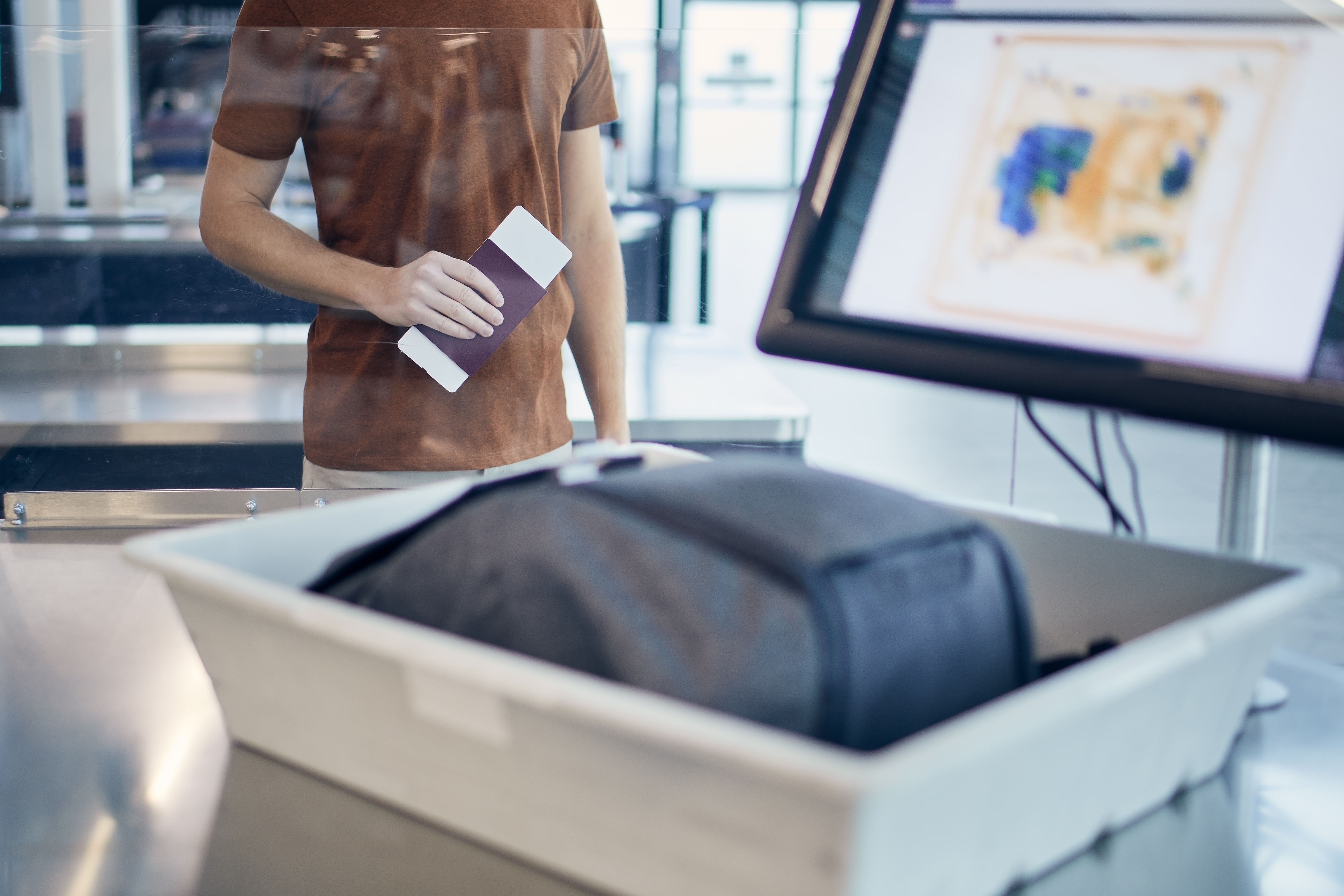
Airport security can be one of the most stressful aspects of air travel, but with a little preparation, it doesn't have to be. Familiarize yourself with the security regulations of your departure and destination airports to avoid any surprises. The Transportation Security Administration (TSA) has clear guidelines on what you can and cannot bring in your carry-on and checked luggage. Packing your bags accordingly can help you breeze through security checks. Consider enrolling in programs like TSA PreCheck or Global Entry, which offer expedited security screening for a fee. These programs allow you to keep your shoes, belts, and light jackets on, and your laptop and liquids in your bag, significantly reducing wait times. Additionally, be mindful of the items you carry in your pockets and have your identification and boarding pass ready for inspection. By preparing in advance, you can navigate airport security with confidence and ease.
5. Choosing the Right Seat for Your Comfort and Needs
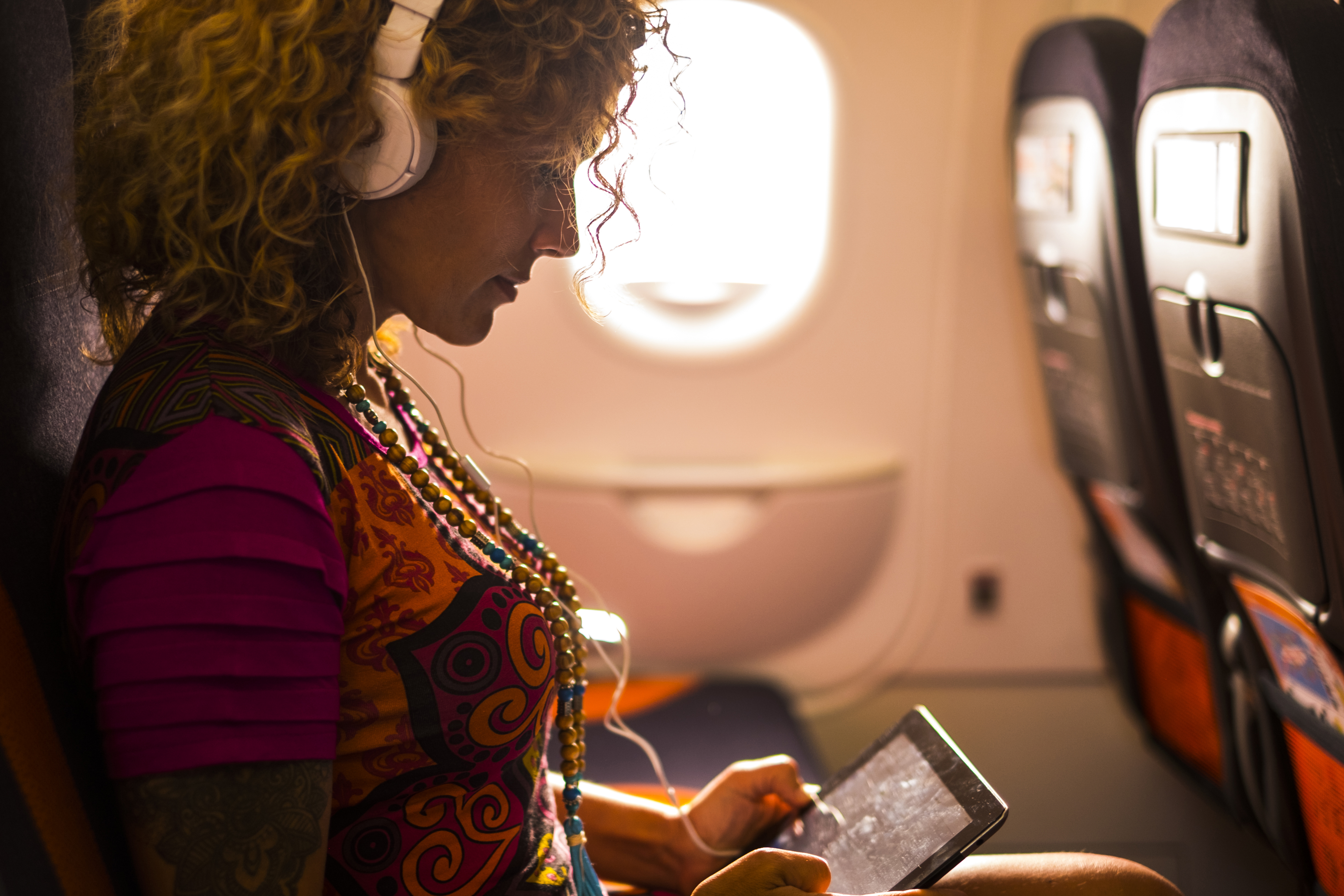
Choosing the right seat can greatly influence your in-flight comfort and overall travel experience. When booking your flight, take advantage of the seat selection feature to secure a spot that meets your needs. If you're looking for extra legroom, consider opting for an exit row or bulkhead seat. For a quieter experience, choose a seat towards the front of the plane, away from the engines and lavatories. If you're prone to motion sickness, a seat over the wings can provide a more stable ride. Many airlines offer seating charts on their websites, allowing you to see which seats are available and their proximity to amenities like restrooms and galleys. Additionally, consider the duration of your flight when selecting a seat. For long-haul flights, an aisle seat might offer more freedom to move around, while a window seat provides a better view and a place to rest your head. By selecting the right seat, you can enhance your comfort and enjoyment during your flight.
6. Packing Smart: Essentials for a Hassle-Free Journey

Packing efficiently is an art that can make your travel experience significantly more enjoyable. Start by creating a packing list to ensure you don't forget any essentials. Consider the climate and activities at your destination, and pack versatile clothing that can be layered or mixed and matched. Roll your clothes to save space and minimize wrinkles, and use packing cubes to keep your items organized. For carry-on luggage, remember to adhere to the TSA's 3-1-1 rule for liquids, and pack items you'll need during the flight, such as snacks, a water bottle, and entertainment. It's also wise to have a change of clothes and essential toiletries in your carry-on in case your checked luggage is delayed. Don't forget important documents like your passport, visa, and travel insurance, and keep them in a secure, easily accessible place. By packing smart, you can reduce stress and ensure a smooth journey.
7. Managing Jet Lag and Staying Healthy While Flying

Jet lag can be a challenging aspect of long-haul travel, but with the right strategies, you can minimize its effects. Start by adjusting your sleep schedule a few days before your trip to align more closely with your destination's time zone. During the flight, stay hydrated by drinking plenty of water and avoiding alcohol and caffeine, which can exacerbate dehydration. Move around the cabin periodically to improve circulation and reduce the risk of deep vein thrombosis. Consider using a sleep mask and earplugs to block out light and noise, helping you rest more comfortably. Once you arrive, spend time outdoors in natural light to help reset your internal clock. Eating light, nutritious meals and staying active can also aid in adjusting to the new time zone. By taking proactive steps to manage jet lag, you can arrive at your destination feeling refreshed and ready to enjoy your trip.
8. In-Flight Entertainment and Staying Productive
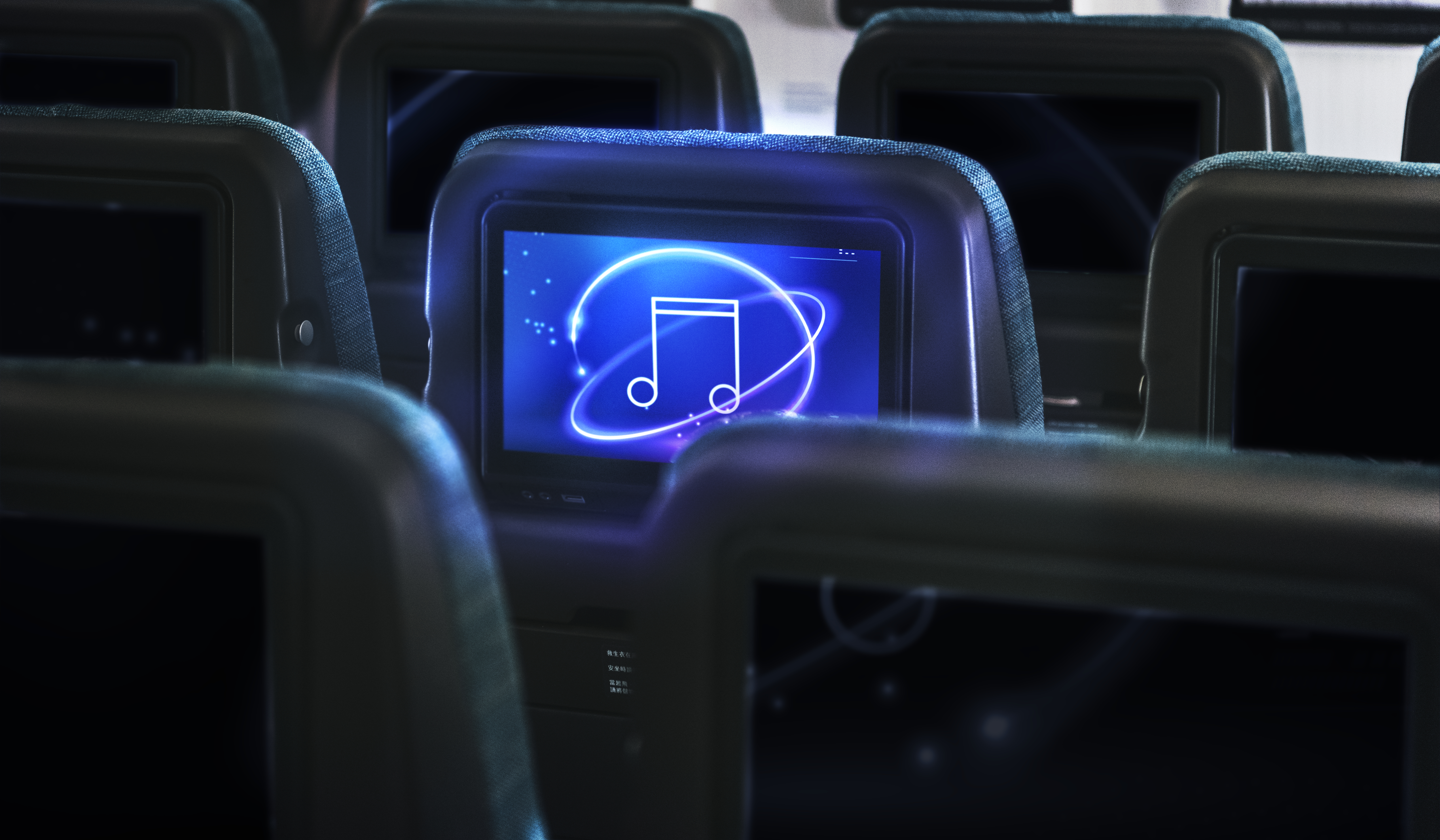
In-flight entertainment can make a significant difference in your travel experience, especially on long flights. Many airlines offer a range of entertainment options, from movies and TV shows to music and games, accessible through personal screens or the airline's app. Before your flight, check what entertainment options are available and download any necessary apps or content to your device. If you prefer to use your own devices, bring a portable charger to ensure you have enough battery life for the journey. For those looking to stay productive, consider using the flight time to catch up on work or personal projects. Bring noise-canceling headphones to block out ambient noise and create a conducive environment for concentration. Additionally, some airlines offer in-flight Wi-Fi, allowing you to stay connected and work online. Whether you're looking to relax or be productive, planning your in-flight entertainment can enhance your overall travel experience.
9. Maximizing Layovers and Exploring New Destinations

Layovers are often seen as an inconvenience, but they can also be an opportunity to explore a new city or country. If you have a long layover, research the airport and surrounding area to see what attractions or activities are available. Many airports offer guided tours or have cultural exhibits, shopping, and dining options that can make your layover enjoyable. If you have enough time, consider leaving the airport to explore the city. Check visa requirements and transportation options in advance to ensure a smooth experience. Some airlines offer free or discounted city tours for passengers with long layovers, providing a convenient way to see the sights. By making the most of your layover, you can turn what might have been a tedious wait into a memorable part of your journey.
10. Navigating Airline Policies and Avoiding Hidden Fees
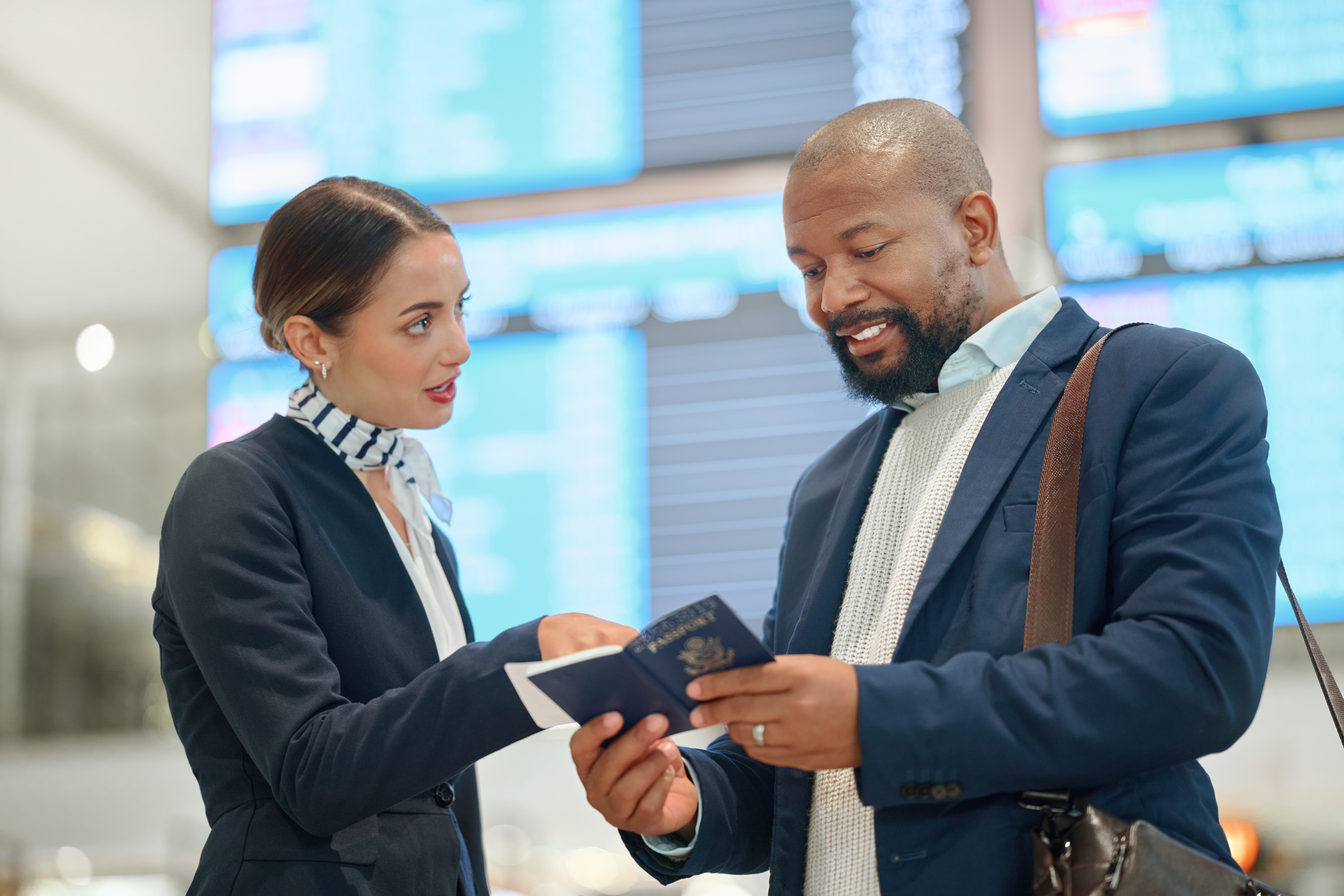
Understanding airline policies and fees is crucial to avoid unexpected charges and ensure a smooth travel experience. Each airline has its own set of rules regarding baggage, cancellations, and changes, so it's important to review these policies before booking your flight. Pay attention to baggage allowances and fees, as exceeding weight or size limits can result in costly charges. If you need to change or cancel your flight, be aware of the airline's policies and any associated fees. Some airlines offer more flexible options for a fee, which can be worth considering if your travel plans are uncertain. Additionally, be cautious of hidden fees for services like seat selection, in-flight meals, and Wi-Fi. By familiarizing yourself with airline policies and fees, you can avoid surprises and make informed decisions that align with your travel needs and budget.
11. Embracing Technology for a Seamless Travel Experience

Technology has revolutionized the way we travel, offering tools and resources that can enhance every aspect of your journey. Start by downloading the airline's app, which often provides features like mobile boarding passes, real-time flight updates, and the ability to manage your booking. Consider using travel apps to organize your itinerary, track your expenses, and find local attractions. For language barriers, translation apps can be invaluable in communicating with locals and navigating new environments. Additionally, smart luggage with built-in GPS and charging capabilities can provide peace of mind and convenience. Embrace technology to stay informed, connected, and organized throughout your trip. By leveraging the latest travel tech, you can streamline your journey and focus on enjoying the experience.
By applying the 11 insider tips we put together in this article, you can navigate the complexities of flying with confidence and ease. From choosing the right fare class and timing your booking to managing jet lag and leveraging technology, each tip is designed to help you become a savvy traveler. Embrace these strategies to reduce stress, save money, and make the most of your travel experiences. As you embark on your next adventure, remember that the journey is just as important as the destination. With the right preparation and mindset, you can enjoy a seamless, enjoyable travel experience.








